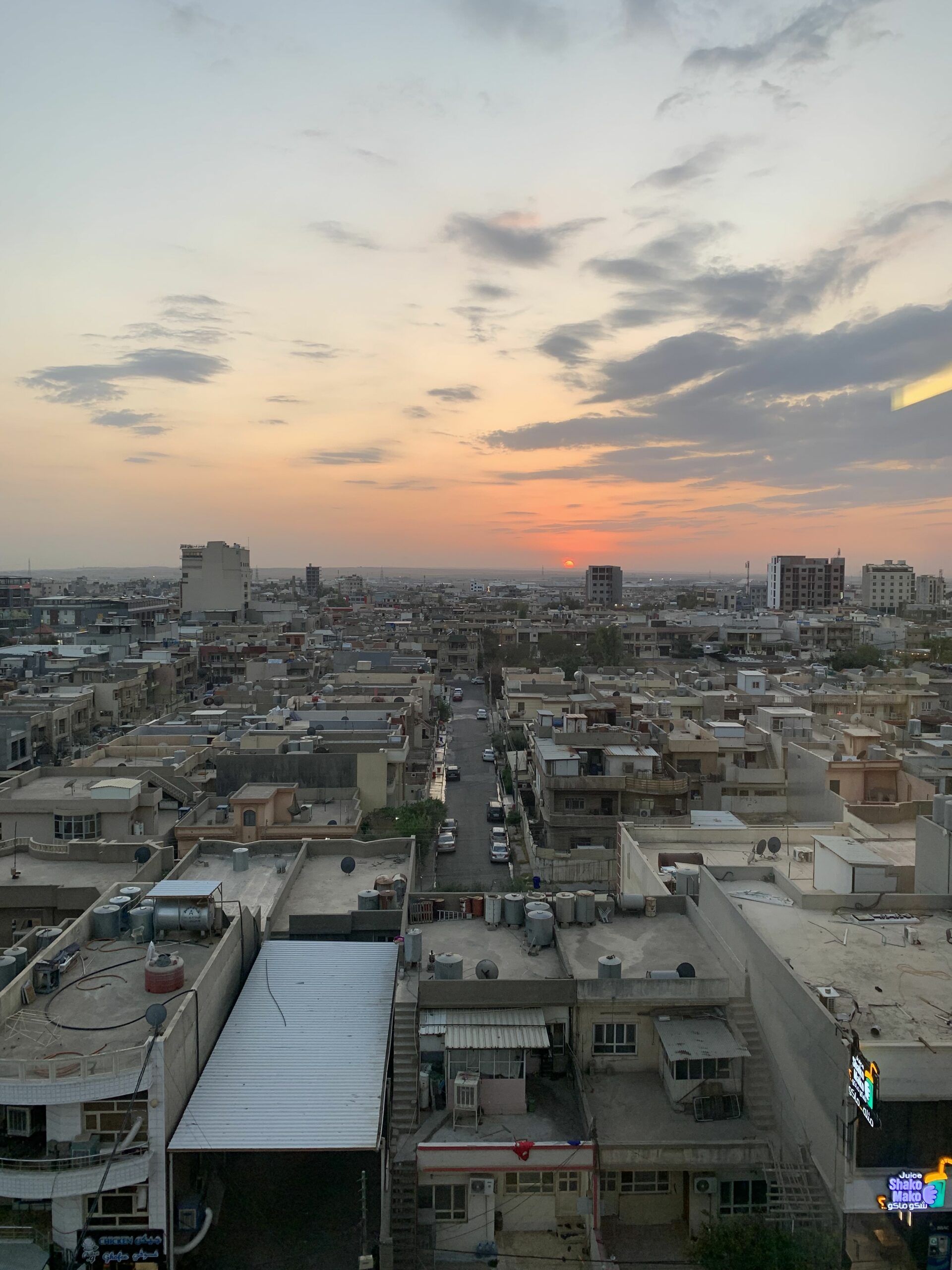
Before I visited Iraqi Kurdistan, I read many blog articles about the place and watched several YouTube videos. Many of them exclaimed about how well-developed the cities are, all the wonderful things you could do there, and that it’s not what you would expect from Iraq. Although I do agree that Iraqi Kurdistan is not what you would expect from Iraq, I get the sense that many of them either had their expectations set too low from the start or simply never really visited the place.
I feel that travel bloggers or YouTubers often oversell destinations and paint them as something they really aren’t, refusing to share an objective opinion on the matter. With this blog post, I would like to share my opinion on Iraqi Kurdistan and also give you some of the reasons why Iraqi Kurdistan might not be your next Middle Eastern travel adventure.
With that said, I do want to say that my trip to Iraqi Kurdistan was a blast and was easily worth every penny that I spent, although I will probably not visit it again.
1. There Is Nothing To Do
Most people who visit Iraqi Kurdistan start by flying to the region’s capital, Erbil, and so did we. Erbil, also known as Hawler by the locals, is quite a large city with a population of roughly 1.5 million. The citadel in the center of the city is a UNESCO World Heritage site and is without a doubt the main attraction of the city, with roots dating all the way back to the 5th millennium BC, making Erbil one of the oldest cities in the world. Sadly, this citadel was closed during the days that we stayed in Erbil due to renovations. “No problem,” we thought; there must be tons of things to do in this old historic city. How wrong we were… To be honest, apart from the citadel (which we didn’t actually visit), the local bazaar (located right next to the citadel), and the Christian district Ankawa, where you can buy overpriced alcohol, there really isn’t that much more to do.
“But surely there must be more things to do in a city of 1.5 million,” you might think. Although there are markets around the bazaar, selling all kinds of things, as well as many local cafes and restaurants around town, the city lacks any kind of worthy sites to visit. In comparison to other major cities in the region, like Tehran, Erbil is bleak.
“But what about things to do outside of the city or in the city of Sulaymaniyah?” If there is one piece of advice I can give you if you decide to visit Kurdistan, it is to take a tour outside of Erbil, either by using a guide or by agreeing with a taxi, and explore the Rawanduz canyon, Bekhal, and the Geli Ali Bag waterfall. The landscape is impressive, and the Rawanduz canyon as well. While the two waterfalls (Bekhal and Geli Ali Bag) were nothing special, I understand why they attract locals due to the overall desert climate.
Sulaymaniyah is a far better city than Erbil in my opinion. Sulaymaniyah, in general, offers you more things to do, with more beautiful landscapes. It’s located next to the mountains and has a gondola that can take you to the top, offering you a view of the city. The weather is also generally slightly cooler than in Erbil. In some sense, Sulaymaniyah also had a more modern vibe than Erbil. We even had a female taxi driver, which is very uncommon for Kurdistan, so if you can, I would suggest that you fly to Sulaymaniyah and spend most of your time here instead of Erbil.
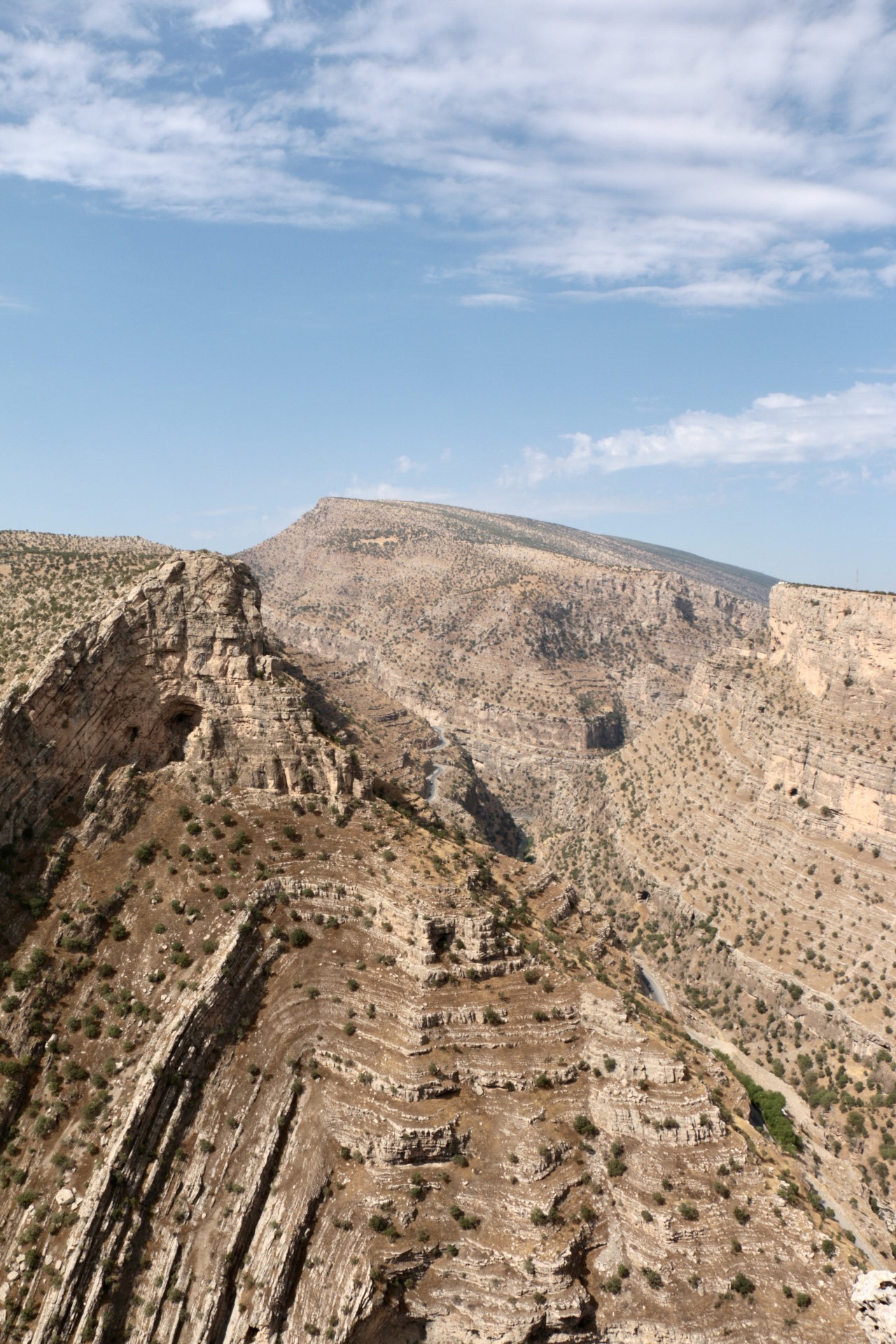
2. The Poor Air Quality
The poor air quality in major cities such as Erbil is something that you will start to notice after a couple of days of visiting Iraqi Kurdistan. Streets are often filled with older, less efficient cars that emit a lot of fumes into the air. This, combined with the occasional sandstorm that stirs up dust particles into the air, leads to subpar air quality. Power outages are also frequent in Kurdistan, even in cities like Erbil and Sulaymaniyah. Hence, local stores and restaurants often rely on diesel generators to maintain a consistent power supply, leading to even more fumes that pollute the air. Additionally, depending on when and if you choose to venture out into the Kurdish countryside, locals burn their crops, which often leads to your car being filled with smoke.
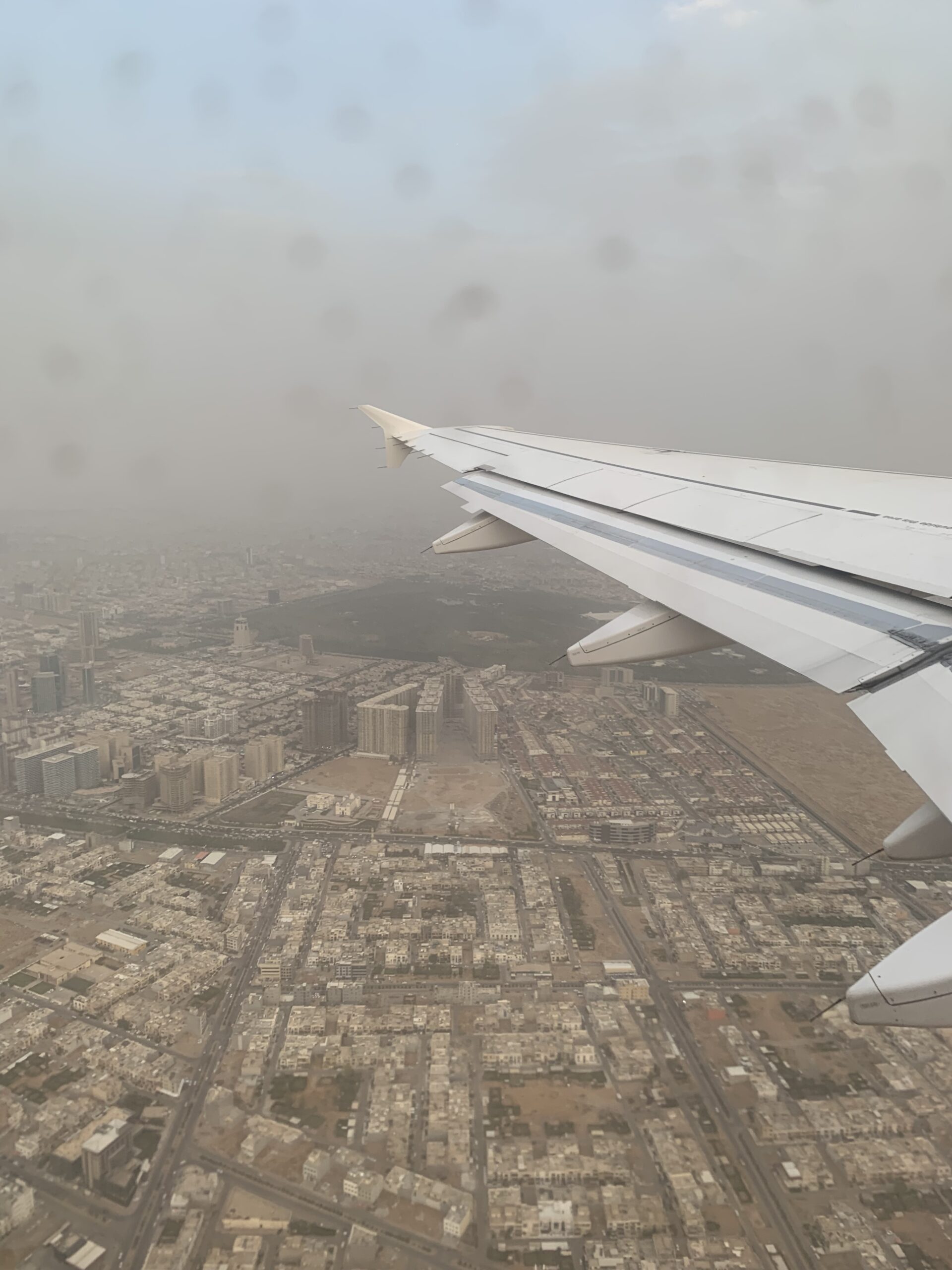
3. Risk of Food Poisoning
The risk of getting sick with food poisoning as a Westerner is high when visiting Iraqi Kurdistan. I got sick with a salmonella-like bacterium known as campylobacter during our last days in Iraqi Kurdistan, which I can assure you was not a particularly pleasant experience. In general, cleanliness standards are not up to a particularly high standard in most places, and they will sometimes serve you a salad or other side dishes that were not freshly made.
4. The Food is Just… Kebab
As you have your first meal in Iraqi Kurdistan, the food scene might seem like something you will enjoy. You will most likely have a plate of tasty shish kebab with some grilled vegetables and a ton of bread. However, after your second or third meal, you will begin to realize that the options for something else are pretty limited. Of course, there are restaurants that offer alternatives to shish kebab, but we found kebab to be the by far the best and most common meal. Any other types of Western food, such as burgers or pizza, are typically not that delicious.
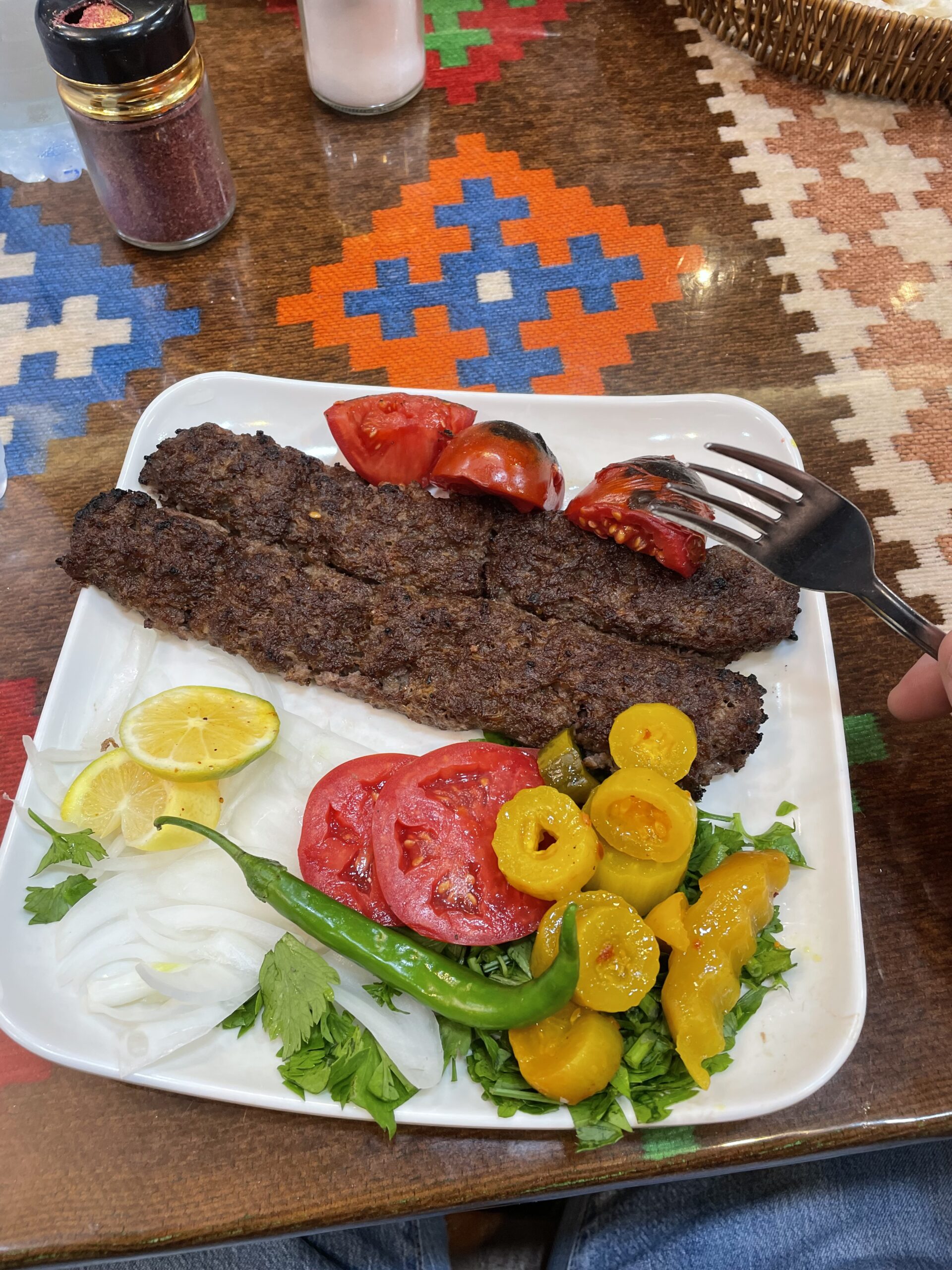
5. The Traffic is Insane
The traffic situation in Iraqi Kurdistan is absolutely maddening, especially when you travel between Erbil and Sulaymaniyah, which takes 3 hours. Drivers drive at speeds of 160 km/h (100 mph) often in less efficient Toyota Corollas on a two-lane road, and the taxis don’t even have seat belts. What the hell?! Not only that, but they often blast loud music and smoke in the car, while some cars even have YouTube playing on a screen. I mean, I wasn’t expecting a smooth ride like a Swiss train, but at least have a seatbelt! Moreover, cities are clearly not built for pedestrians, with no crosswalks and drivers who won’t stop to let you cross. Your best bet is often to just take a taxi, even if it’s just a few blocks down the street.
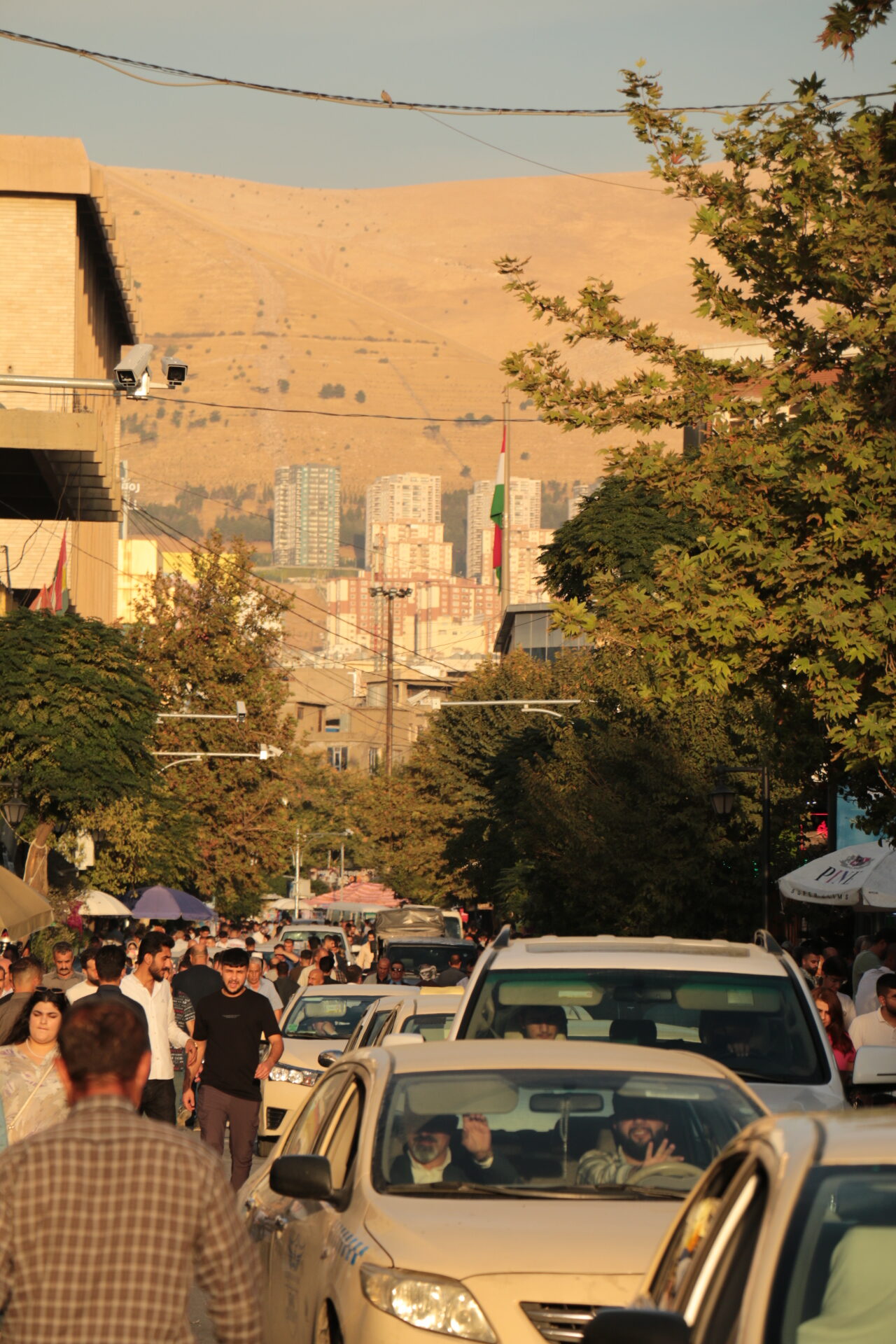
6. It’s Mainly Desert
The climate in Iraqi Kurdistan is mainly characterized by a desert with almost no signs of life. Summers are extremely hot, with temperatures climbing up to 45 degrees Celsius (115 Fahrenheit) in July, making it unbearable to even leave the comfort of the AC in your accommodation. The shoulder seasons are better with temperatures at around 32 degrees Celsius (90 degrees Fahrenheit); however, the landscape is still extremely dry with very little precipitation. During winter and spring, the region experiences rainfall, which makes March and April, when the landscape blooms and becomes green, the most ideal time to visit Iraqi Kurdistan.
Conclusion
Although I am of the opinion that Iraqi Kurdistan has been oversold by many travel bloggers and YouTubers, my visit to this region of Iraq was an amazing experience that I would not like to have undone. However, my friend and I both agree it’s a place that we most likely will not visit again. With that said, the Kurdish people are very hospitable and welcoming to foreigners, and I would still recommend Iraqi Kurdistan to anyone who is looking for a travel adventure out of the ordinary.
